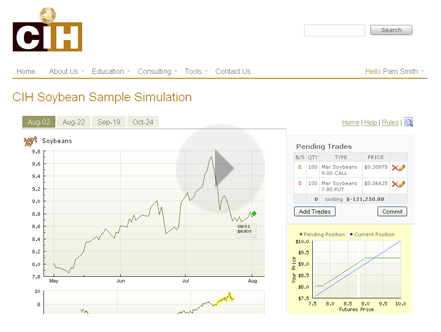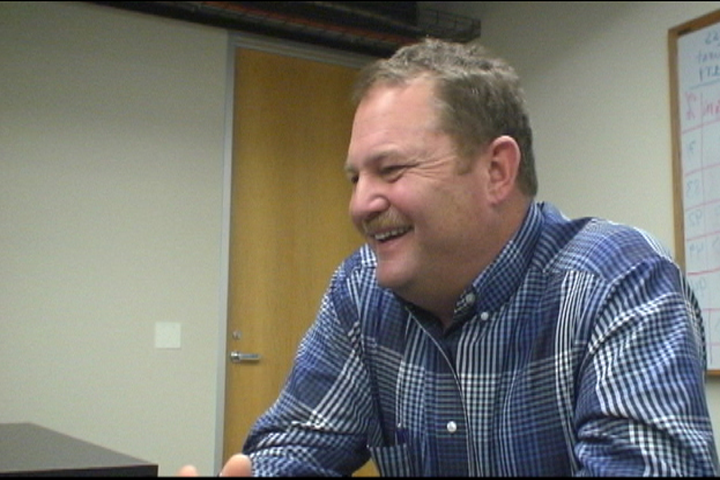Basics CIH Commodity Ingredient Hedging LLC
Post on: 10 Май, 2015 No Comment

Many participants in the food and agriculture industry have risk. Corn growers are impacted by rainfall and the cost of fuel, while grain millers are at risk of securing enough corn to fulfill their contracts with corn chip manufacturers. Meanwhile the chip manufacturers are at risk of lower demand for snacks. Common to all of these businesses is price risk.
Price risk naturally transfers other risks. If demand is low, price will fall. If disease strikes and supplies fall, prices rise. Since profits and sustainability depend on whether you sell or buy at or above break-even values, price risk management is a crucial discipline in any successful business.
Who Protects Against Higher Prices
In the food and agricultural industries, these businesses generally protect against higher prices.
- Food manufacturers that procure grains, oilseeds, soft commodities, and energy
- Livestock producers that require corn, soybean meal, and energy to feed animals
Who Protects Against Lower Prices
In the food and agricultural industries, these businesses generally protect against lower prices.

- Livestock producers that sell hogs, cattle, and milk
- Crop farmers that sell grain, oilseeds and other soft commodities
There are many tools to manage price risk. Contracting, Insurance and Hedging are common price risk management tools. While these tools are different, they share a common element: a transfer of risk from one party to another.
Contracting
In the marketplace, there are businesses that have naturally offsetting risks. A crop producer at risk of lower prices for his corn crop may consider contracting to sell it to a neighbor with a hog operation who is at risk of higher prices on the feed he needs to purchase for his livestock.
Insurance
The same crop producer may also be concerned over the possibility of adverse weather wiping out his production during the growing seasonespecially if it has already been committed for sale. Various insurance products provide for this type of catastrophic protection, or other forms of coverage in the event of a loss.
Hedging
Hedging is an activity that reduces or offsets risk. In our work, a hedge is a position established in the futures market in an attempt to offset exposure to adverse price risk ahead of physical contracting in the cash market.
Hedging works because there is a relationship between the price fluctuation in the local, physical market and the price fluctuation in the futures market. In order for the futures contract to be used as a hedge, the measure of how a futures price changes relative to a cash price must be sufficiently hightypically around 90% or better. This is referred to as correlation.














